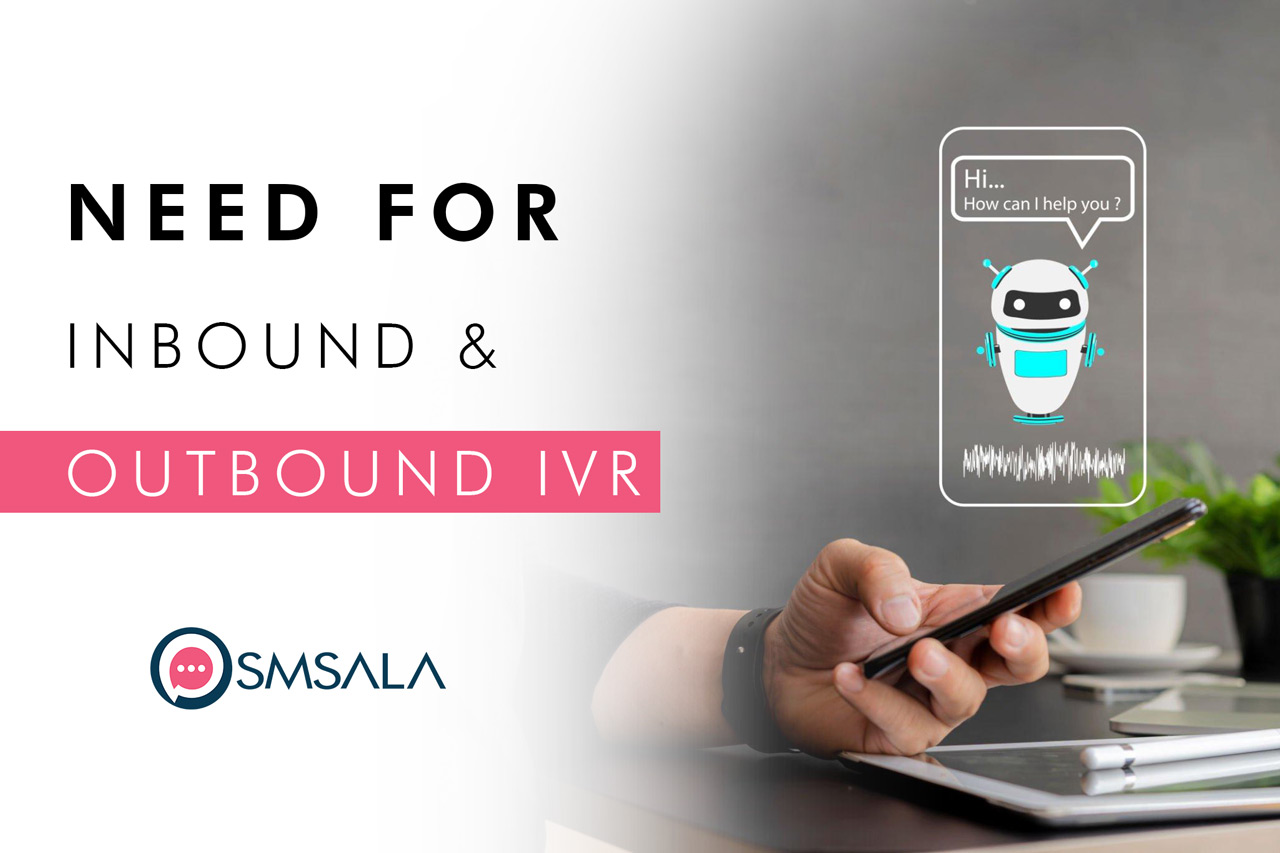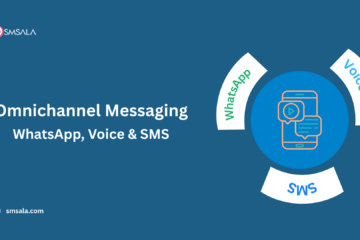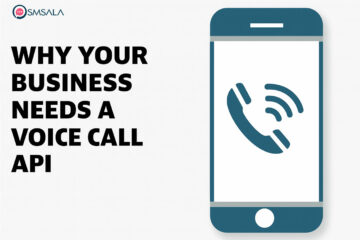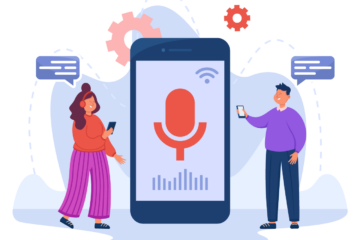Communicating with a large customer base is not an easy task with limited human resource availability. It is precisely due to this reason businesses seek alternatives to respond quickly to client queries.
With the advancements in technology, those seeking to make the process smoother and more streamlined opt for IVR( Interactive Voice Response) system. It is through this system brands get in touch with customers, reducing costs, and more importantly, a lot of time is saved.
Once the IVR system is employed to engage with customers, the necessity of having a large pool of agents is done away with. However, if the system does not function properly, the chances of misrouted phone calls will rise and impact the relationship with clients.
Due to the addition of IVR, nearly 80% of customers interact without agents. This in turn helps businesses reduce costs and makes the system worth employing when the traffic is extremely high.
Also Read: Voice SMS Service
Difference Between Inbound IVR & Outbound IVR
The usage of IVR is not restricted to one way, but it is used for both inbound and outbound purposes. Here we will dwell on these two types:
Inbound IVR
This is that type of calling when a client calls, seeking help regarding a product or service offered. With this system in place, the caller is directed and responded back using the menu without having to directly contact an agent.
The benefit of this type of IVR is that most of the issues can be sorted out without engaging agents, leading to a reduction in expenses for the brand.
Outbound IVR
This is the type of voice response in which calls are made to customers by businesses for promotional or reminding purposes. Instead of an agent dialing the number and speaking with the client, the automatic system of IVR is used to connect with customers.
If the customer is to be informed about any new offer or a deal, outbound IVR is used to promote stuff. Further, if the client is to be informed about the expiry of plans outbound IVR is highly influential.
What To Look For While Using IVR
To check if the Interactive Voice Response is meeting the set targets, below are the points to ponder over:
- Transfer Rate
To what extent are clients directed to the right department while getting in touch via IVR determines the success of the transfer rate.
However, if the calls are bounced and customers are misdirected, there is a need to work on the menu which might be confusing for the customer.
- Task Completion Rate
This is a rate that determines if the issue was solved without the caller getting in touch with the agent. If customers find the process lengthy and boring, the task completion rate will automatically come down because clients end calls without getting issues resolved.
Conclusion
With the use of IVR, the process of interaction with customers has been a cost-efficient affair for businesses. But what must not be missed while employing this system is the addition of a human voice for better engagement.



